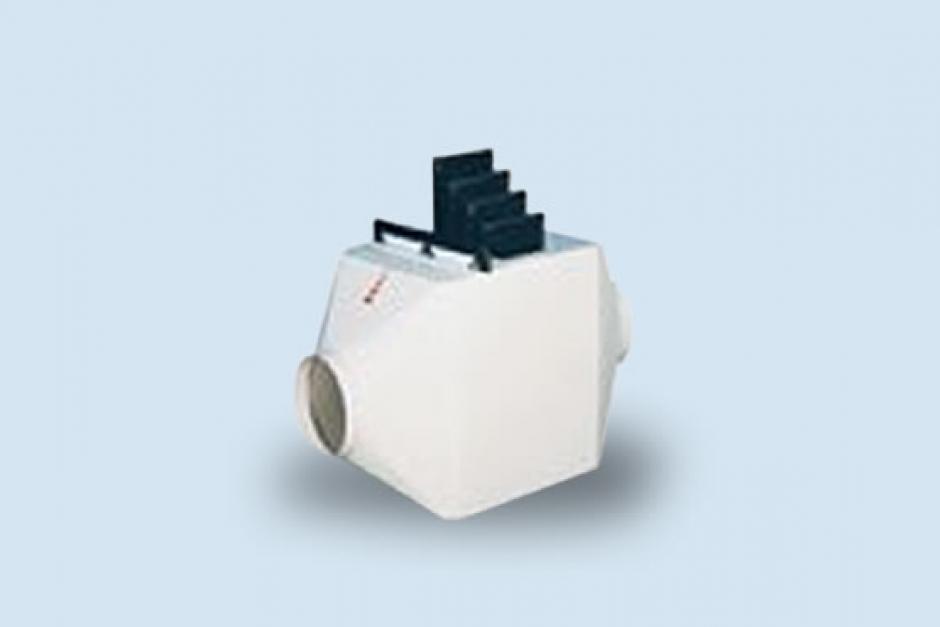ACTIVE CARBON FILTER
There are directives designed to protect the environment and the health of laboratory workers. For this reason, air treatment systems that contain harmful acids or toxic emissions should be used. In addition, various processes used in the acid and similar chemicals that cause pollution, such as dust, particles, etc. Acid filters should also be used to prevent the degradation of the purity and stability of the contaminants through the filter system. Thus, longer use of the chemical is provided.Activated carbon; high carbon content, made of natural materials, with a large internal pore structure is a material. Thanks to the high surface area of the pores, it can be used for multi-purpose. Removal of unwanted substances is only one of these purposes. Commercially active carbons; wood, charcoal, bone, coconut shell, rice husk, hazelnut shell products obtained from some of the techniques obtained by activating carbon.
Adsorption process
Adsorption, which means keeping the molecules on the solid surface, is divided into three classes as physical, chemical and ionic adsorption. The chemical adsorption by chemical bond formation between the adsorbent surface and the adsorbent surface is irreversible and the physical adsorption by van der Waals bonds is reversible. The density of the adsorption process depends on the molecular structure of the adsorbent.
The performance of activated carbon is influenced by temperature, humidity and dust. Low temperature adsorption performance increases while less moisture is available. Powder which lowers performance by blocking pores on activated carbon also adversely affects efficiency. For this reason, when selecting the filter, the current, composition, temperature, relative humidity and required performance of the air to be treated should be determined by taking these characteristics into consideration.
Recommendations and Filters Related to Use
The contact time between air and activated carbon is 0.05 sec. and 0.2 sec. Uncoated and large grain size plates in activated carbons do not work well, but the use of very small active carbon filters is not recommended.
In particular, activated carbon filters designed to filter fumes in laboratories have adsorption capacity. The filter has special pipe fittings that optimize the distribution of air and reduce pressure losses. Made of acid-resistant PVC and resistant to chemicals. It has a high performance and durability with its protection against activated carbon.


